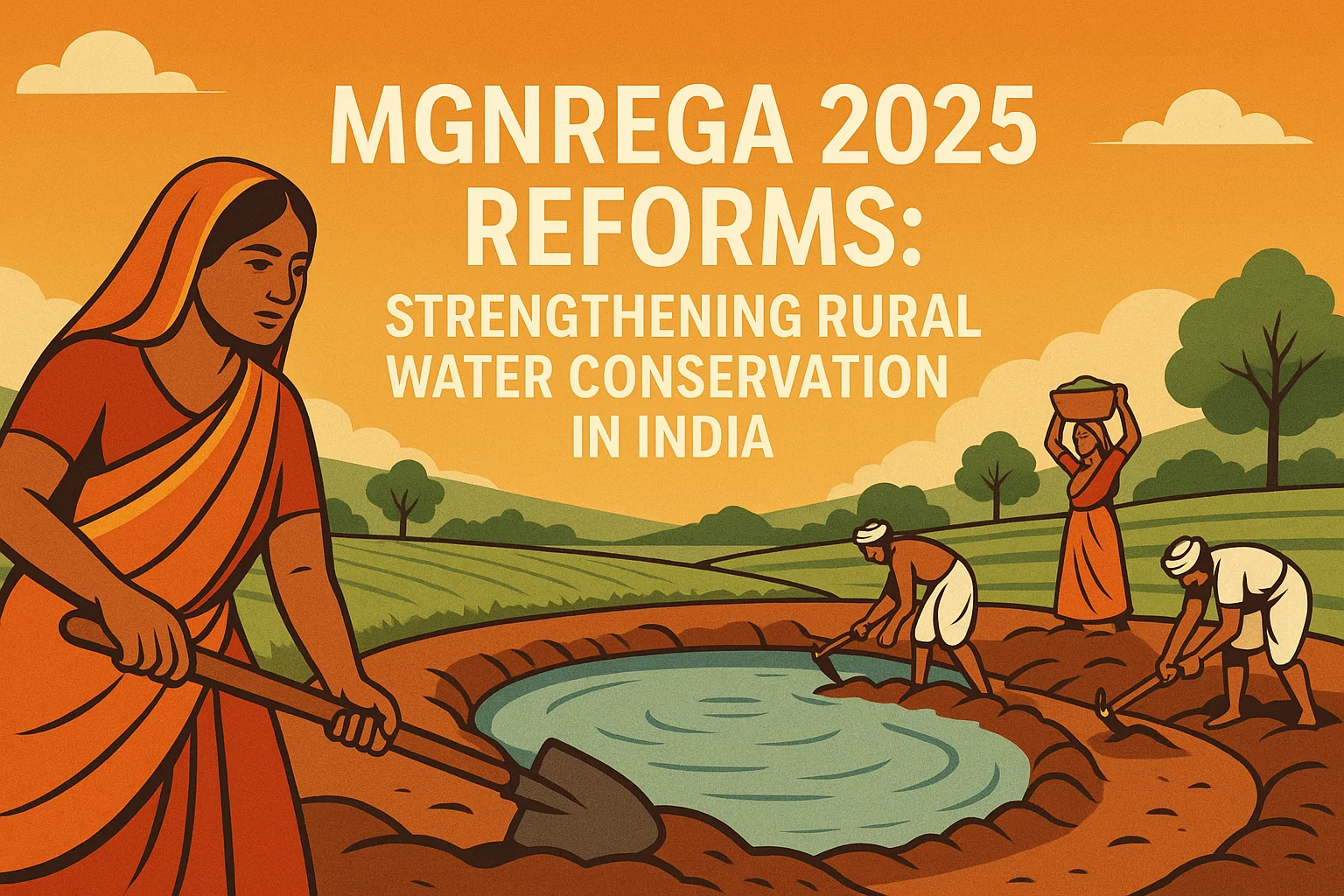Font size:
Print
Declining Insect Populations and Their Recovery
Humans are killing helpful insects in hundreds of ways — simple steps can reduce the harm
Context:
Insects are everywhere — from ants on sidewalks to bees buzzing through gardens and butterflies fluttering in the breeze. These tiny creatures may seem small, but they play critical roles in ecosystems, from pollinating plants to decomposing waste, controlling pests, and supporting food chains.
More on News
- Yet, despite their importance, insect populations are declining at an alarming rate worldwide.
- A recent study found that the United States has lost over 20% of its butterflies in just two decades.
- And globally, research shows that insect populations are shrinking by 1% to 2% each year.
What’s Causing the Decline in Insects?
- Causative Factors: A comprehensive review by Status of Insects, an international research team, analysed 175 studies and identified multiple human-driven factors contributing to insect decline. These include:
- Intensive agriculture
- Climate change
- Pollution
- Invasive species
- Habitat loss
- Interconnected: These drivers are often interconnected, and many insects are exposed to multiple stressors simultaneously, making survival increasingly difficult.
Urban Threats to Insects: Light, Noise, and Habitat Loss
- Urbanisation: It is a major contributor to insect decline.
- Consider a moth in a city park: it faces threats from shrinking habitats, invasive plant species, and various forms of urban pollution.
- Urban landscaping often replaces native plants with decorative, non-native species that don’t support local insect populations.
- Light pollution: It is especially harmful.
- Moths are drawn to artificial lights, where they become easy prey for predators like spiders and waste valuable energy that could be used for pollination.
- Noise and air pollution: These can disrupt communication, navigation, and feeding patterns in various insect species.
Farming Practices Are Driving Native Bees Away
In agricultural regions, the pressures on insects increase even further:
- Expansion of farmland destroys native habitats.
- High usage of pesticides, herbicides, fungicides, and fertilizers introduces chemical pollution.
- Many farms introduce European honeybees for pollination, which can spread diseases and parasites to native bee populations.
- While native bees might withstand one or two threats, facing multiple dangers simultaneously dramatically increases the risk of local extinction.
Freshwater Insects Are Underreported Victims
Not all insects live above ground — many spend significant parts of their lives in water bodies. For example:
- Dragonflies live in water as juveniles, where they are impacted by rising water temperatures, pollution, and decreasing water levels due to climate change and human activity.
- Polluted streams and stagnant ponds reduce their survival and reproduction rates.
- Despite their ecological importance, aquatic insects are often overlooked in mainstream conservation efforts.
Effective Insect Conservation Requires a Holistic Approach
To reverse insect decline, conservation efforts must address all stages of insect life cycles and their varied habitats. Some key steps include:
- Habitat restoration: Without suitable habitats, other conservation actions have limited impact.
- Preserving water ecosystems: Wetlands, ponds, lakes, and rivers must be protected to support aquatic insects.
- Caring for soil health: Many beneficial insects, such as decomposing beetles and flies, live underground and require healthy soil environments.
- Simply planting a pollinator garden helps adult hoverflies, but their larvae need decaying organic matter — showing that single-stage interventions aren’t enough.
How You Can Help Insects Thrive
Even small actions can make a big difference:
- Plant native species: Native flowers, shrubs, and trees offer food and shelter across insect life stages.
- Avoid pesticides: Reduce or eliminate the use of chemical sprays in gardens and lawns.
- Limit artificial lighting: Turn off or dim outdoor lights at night to protect nocturnal insects.
- Create nesting spots: Leave bare soil patches, leaf litter, and logs where insects can nest and overwinter.
- Support local conservation efforts: Join or donate to organisations focused on insect conservation and biodiversity.


